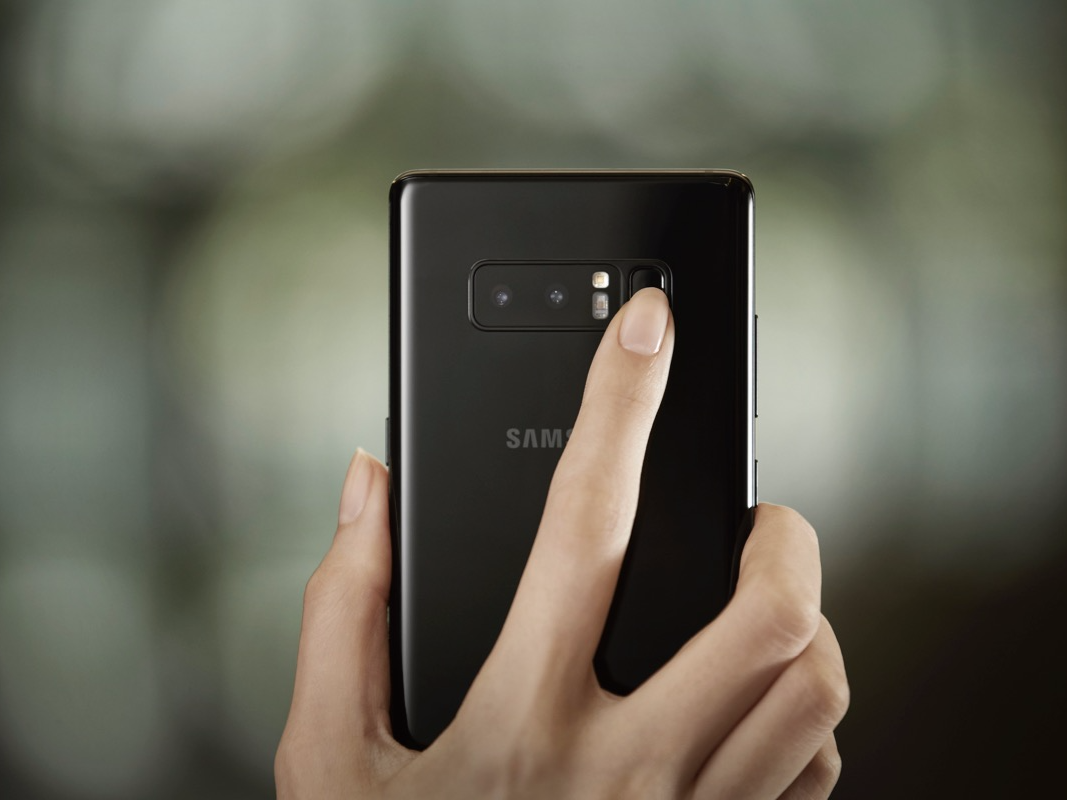Samsung’s next Galaxy Note phone may have a key feature that Apple reportedly had to drop from the iPhone X because of production issues.
The Galaxy Note 9 may have an “under-display optical fingerprint” sensor when it’s released in the second half of 2018, according to Ming-Chi Kuo, an analyst with KGI Securities known for his understanding of the Asian electronics supply chain.
That means users of the Galaxy Note 9 would be able to unlock their phone by simply placing their finger on part of the screen.
That’s a feature that Apple tried to include in the forthcoming iPhone X, the Wall Street Journal previously reported. Apple ended up ditching it earlier this summer as deadlines approached. The iPhone X will instead have Face ID, a new facial recognition technology that takes advantage of custom 3D sensors.
‘Samples shipped already’

There are three companies vying to supply Samsung with the part that would enable an under-display fingerprint sensor, according to the KGI Securities note seen by Business Insider.
Synaptics, an Apple supplier, is unlikely to be considered because Samsung will use a different technology that allows the OLED screen to double as a light source for the sensor, which results in better battery life.
Korean companies BeyondEyes and the Samsung subsidiary Samsung LSI have already shipped part samples to Samsung, according to the note. They're the favorites to win the contract. Egis, which currently supplies standard fingerprint sensors to Samsung, may also be in the mix.
Samsung has included some facial recognition features in its devices, but its technology has been less advanced and easier to fool than Apple's seems to be. Kuo previously said that Apple may have an 18 to 30-month advantage in 3D sensors.
So Samsung embracing the under-display fingerprint sensor may be a stop-gap until it can match Apple's Face ID. Kuo believes that's where the biometric technology industry is going.
He writes:
In our latest analysis of recent under-display optical fingerprint recognition industry developments, we see Korean suppliers and Synaptics as having better visibility among suppliers. With regard to the latest biometrics technologies, however, we favor the 3D sensing segment.

